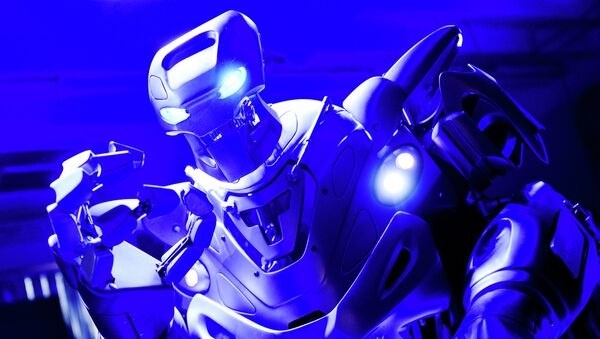"We believe story comprehension in robots can eliminate psychotic-appearing behaviour and reinforce choices that won't harm humans and still achieve the intended purpose," Mark Ried, one of the authors of the study, said.
But to make robotic brains incorporate the necessary social codes, a more specific method than simply telling them bedtime stories is required.
"Giving robots the ability to read and understand our stories may be the most expedient means in the absence of a human user manual," Reidl said.
An early example of this reasoning is a system called "Quixote," named for the protagonist of Miguel de Cervantes’ classic novel. Quixote uses fable plots to give machine intelligence guidance for moral problem-solving and, depending on what deeds characters engage in, the system sends either reward or punishment signals, causing robots to act more humanely, researchers suggest.
By example, a robot gets a pharmaceutical prescription its owner urgently needs, and Quixote helps to find the quickest and most appropriate resolution from a codified moral point of view. This prevents the machine from stealing the medication — or worse — and encourages it to act appropriately, based on the desires of the owner and the laws written into its code.
Quixote is in the early development stage, according to researchers, noting that it works currently with robots that interact with humans in only a very small range of function.




